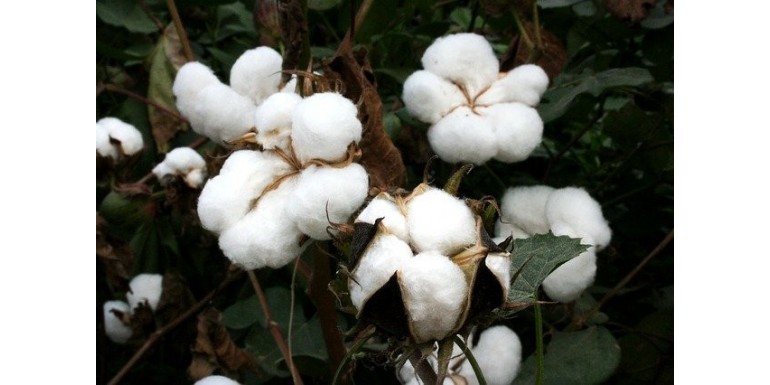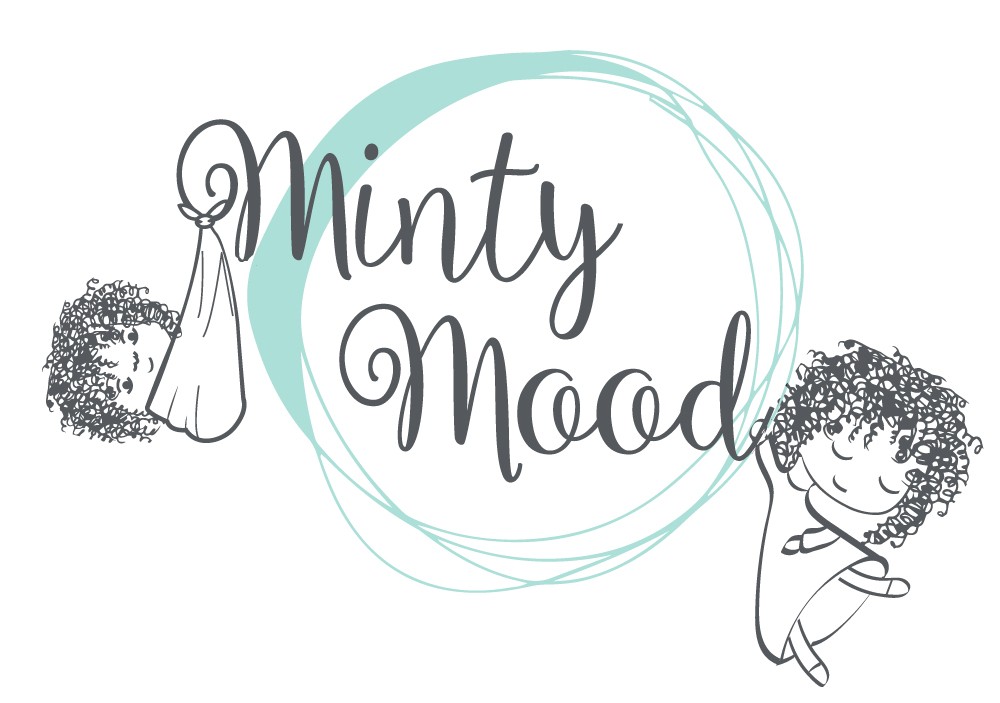
Most parents know how important the right fabric is for a child. We reach for natural, airy ones that will provide comfort to our child. We mainly choose clothes and accessories made of cotton, bamboo, or linen. Today we will look at cotton and check how they differ and whether each of them is safe for a child.
Properties of cotton
Cotton is a natural fabric, which is a plus in itself. In addition, it absorbs moisture while remaining dry. Thicker cotton warms you on cold days, thinner cotton is breathable and perfect in summer. Therefore, it is perfect for children's clothes, but also for sleeping accessories - a cocoon, a baby horn or bedding.
Cotton for a child - which one to choose?
Unfortunately, the popularity of cotton means that it is produced with the use of a large amount of chemicals to accelerate growth, protect against pests and reduce the price. Therefore, the purity of cotton is a moot point, especially when it comes to children.
Certified cotton in children's clothes and accessories
When choosing products for your child, try to pay attention to the certificates you have. And so, one of the most important is the OEKO-TEX certificate. It is a certificate that proves that the entire product is safe for children and free from hazardous chemicals. This certification does not directly apply to cotton fibers but evaluates the entire product in terms of cleanliness (material, buttons, zippers, etc.). The products are checked for the presence of 100 substances considered to be hazardous to health. Therefore, products with this certificate are especially recommended for young children.
Currently, in stores we can find more and more products for children (and not only) made of organic cotton. Unfortunately, we often have to rely on the manufacturer to trust that this information is true, and we also do not know how cotton was treated during processing in production. Because organic cotton should be grown without chemicals, only with the use of natural plant protection products, and in the process of processing the fabrics, no harmful chemicals should be used.
And here with the help of the GOTS Certificate (Global Organic Textile Standard), which confirms the purity of cotton cultivation. Plants with this certificate are chemical-free, and their production is carried out with respect for employees and their rights.
Products with the GOTS ORGANIC label must contain at least 95% of certified fiber, and with the GOTS Made with organic label at least 75%.
Queen of cotton - PIMA
PIMA cotton is undoubtedly considered to be the queen of cotton. Not only is it grown without the use of chemicals, but what sets it apart is the growing area. It comes from the virgin Peruvian mountains, which have never been contaminated with chemicals.
You can read about the fantastic properties of PIMA cotton in the next article.
Sustainable products, responsible purchasing
Are there any downsides to certified and organic cotton?
Probably only one - the price. The higher the certificate, the purer and natural cotton, the higher the price. However, the higher the quality of the cotton, the greater the durability, so the clothes can be worn by siblings while maintaining their perfect appearance.
Organic and PIMA cotton are not only an ideal solution for a health-conscious child. It is also a solution for people who care about ecology and want ethical and sustainable purchases. The knowledge that plantation workers have been fairly remunerated, that no children are employed in the production, that water consumption has been reduced, and that the entire process is carried out in harmony with nature makes cotton worth its price.
In our boutique you will find only certified products, both accessories for newborns (cocoons, baby horns, feeding pillows, blankets, swaddles), clothes for newborns (bodysuits, shorts, pajamas) but also clothes for older children. We invite you!





Leave a Reply Cancel Reply